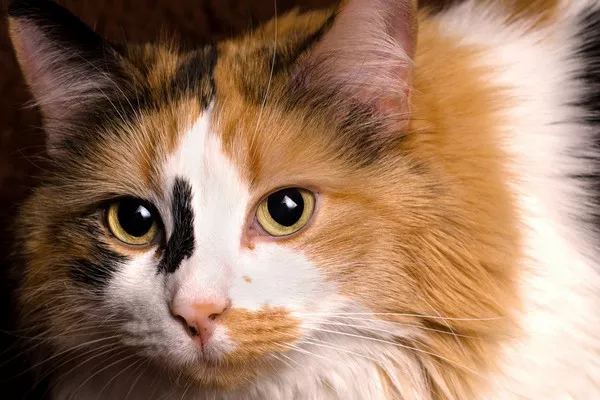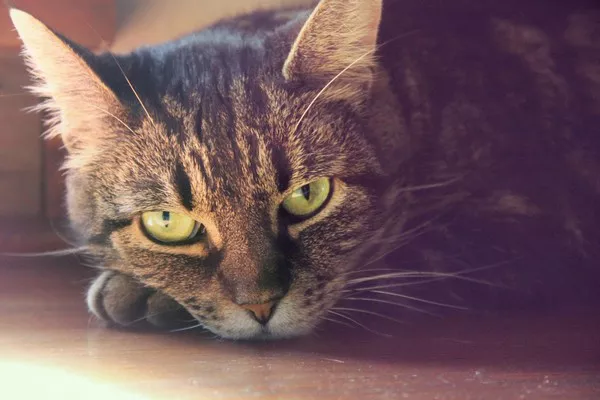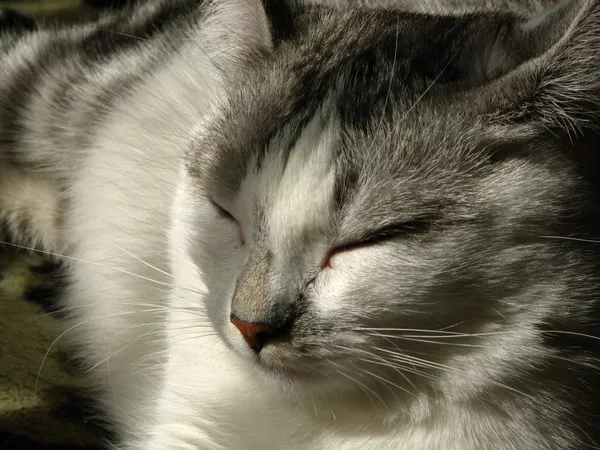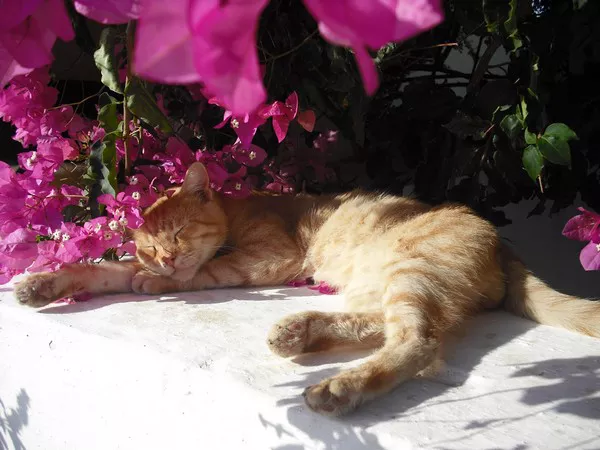Calico cats, known for their striking tri-color coats, which include white, black, and orange patches, are celebrated for their vibrant appearance and distinct personalities. However, it’s important to note that “Calico” refers to a cat’s color pattern rather than its breed, and these cats can come from various genetic backgrounds including domestic short-haired and long-haired breeds. This diversity means that while calico cats don’t have specific dietary needs differing from other cats, understanding general feline nutrition is essential for keeping them healthy and happy.
Essential Nutrients for Cats
Protein: The Cornerstone of Feline Diet
Cats are obligate carnivores, meaning that their bodies are designed to digest and use nutrients from animal products more efficiently than plant-based nutrients. Proteins are crucial in a cat’s diet as they provide the amino acids necessary for a variety of bodily functions including growth, maintenance, and repair. For calico cats, as for any cat, diets high in animal-based proteins are essential.
Fats: Vital for Energy and Health
Fats are another critical component of a cat’s diet, providing the most concentrated form of energy. They supply essential fatty acids that the feline body cannot produce on its own, such as arachidonic acid and omega-3 fatty acids, which aid in reducing inflammation and are vital for maintaining healthy skin and a shiny coat—important for a cat as visually striking as the calico.
Carbohydrates: A Controversial Component
While cats have no specific carbohydrate requirement, some commercial cat foods include them as a source of energy and to provide structure to dry kibble. However, it’s important to maintain a balance, as excessive carbohydrates can lead to obesity and diabetes. Calico cats, like all cats, should have a diet that prioritizes proteins and fats over carbohydrates.
Vitamins and Minerals: Essential for Overall Health
Vitamins such as A, D, E, and K, along with B-complex vitamins, play significant roles in a cat’s health by supporting vision, bone growth, reproduction, and blood function. Minerals like calcium, phosphorus, and magnesium are crucial for nerve function and bone health. Ensuring a balanced intake of these nutrients is essential for keeping a calico cat healthy.
Commercial Cat Foods vs. Homemade Diets
Choosing the Right Commercial Cat Food
When selecting commercial cat food for a calico cat, whether wet or dry, it is important to look for products that list a high-quality animal protein like chicken, beef, or fish as the first ingredient. The food should be well-balanced, formulated by veterinary nutritionists, and meet the standards set by the Association of American Feed Control Officials (AAFCO).
Preparing Homemade Cat Food
Some owners may choose to prepare homemade meals for their calico cats. While this can allow for more control over ingredients, it requires a deep understanding of feline nutrition to avoid deficiencies or imbalances. Consulting with a veterinary nutritionist when designing homemade meals is strongly advised to ensure that all nutritional needs are met.
Special Dietary Considerations and Common Health Issues
Obesity: A Common Concern
Obesity is a prevalent issue in domestic cats, including calicos, due to overfeeding and lack of exercise. Maintaining an appropriate weight is crucial for preventing associated health problems such as diabetes, liver disease, and arthritis. Calorie intake should be monitored and adjusted based on the cat’s age, weight, and activity level.
Allergies and Food Sensitivities
Like all cats, calicos can develop allergies or sensitivities to certain foods, which can manifest as gastrointestinal or dermatological issues. Common allergens include beef, dairy products, and fish. If food allergies are suspected, a veterinary-guided elimination diet may be necessary to identify the offending ingredients.
Feeding Practices: Portion Control and Frequency
Portion Control
Proper portion control is essential to prevent overfeeding. Cat food packaging typically offers a recommended feeding amount, but these can vary based on a cat’s individual metabolism and activity levels. Regular weigh-ins and body condition scoring are useful tools to help calico cat owners keep their pets at a healthy weight.
Feeding Frequency
Cats generally benefit from multiple small meals throughout the day. For owners who are away during the day, timed feeders can help maintain a regular feeding schedule. Free feeding dry food can be convenient, but may not be suitable for cats prone to overeating.
Hydration: Encouraging Water Intake
Hydration is critically important for all cats, especially those that primarily eat dry food. Calico cats should always have access to fresh, clean water. Wet food can also help increase total water intake. Encouraging drinking by using water fountains or flavoring water with a bit of tuna juice can be beneficial strategies.
Conclusion: Tailoring Nutrition to Your Calico Cat
While calico cats do not have unique nutritional requirements due to their coloration, understanding the basics of feline nutrition and applying them in ways that fit each individual cat’s lifestyle and health needs is key to a healthy life. Regular consultations with a veterinarian will ensure that a calico cat’s diet continues to meet its needs as it ages. With the right diet and care, these colorful cats will lead vibrant and healthy lives, bringing joy and beauty to their human companions.

























